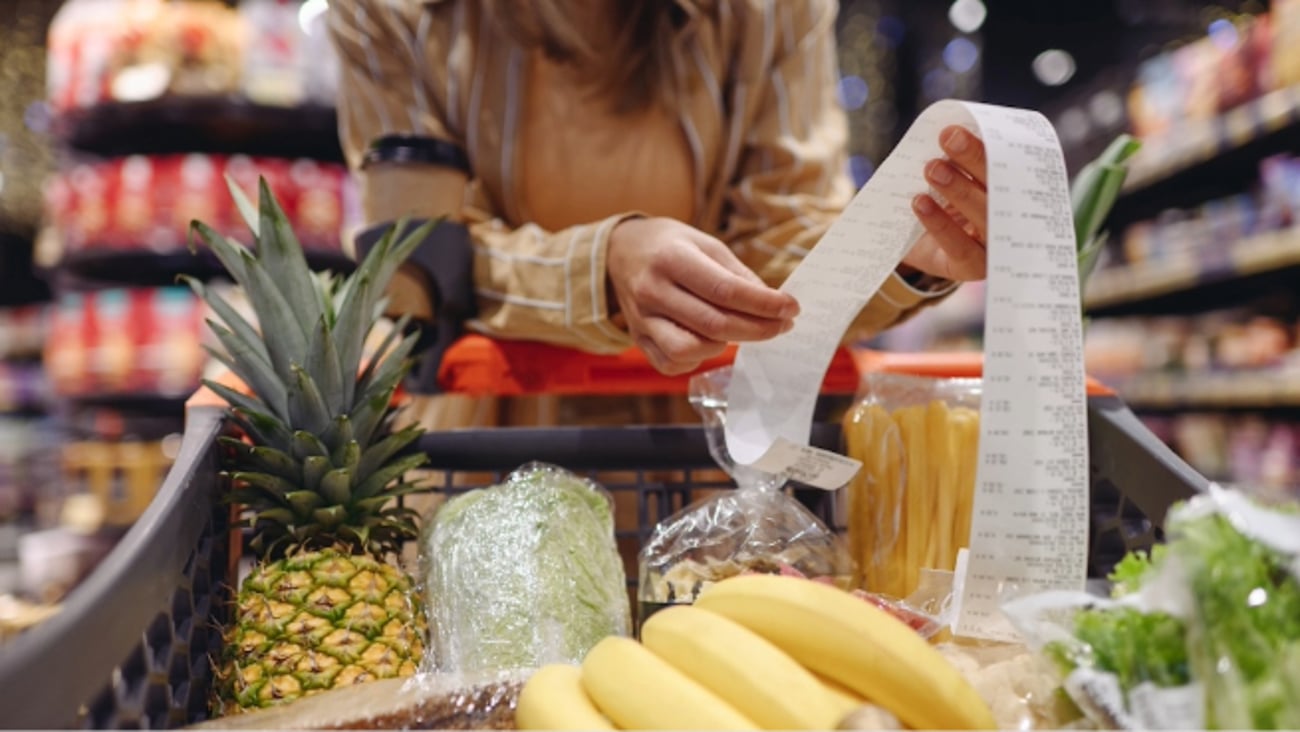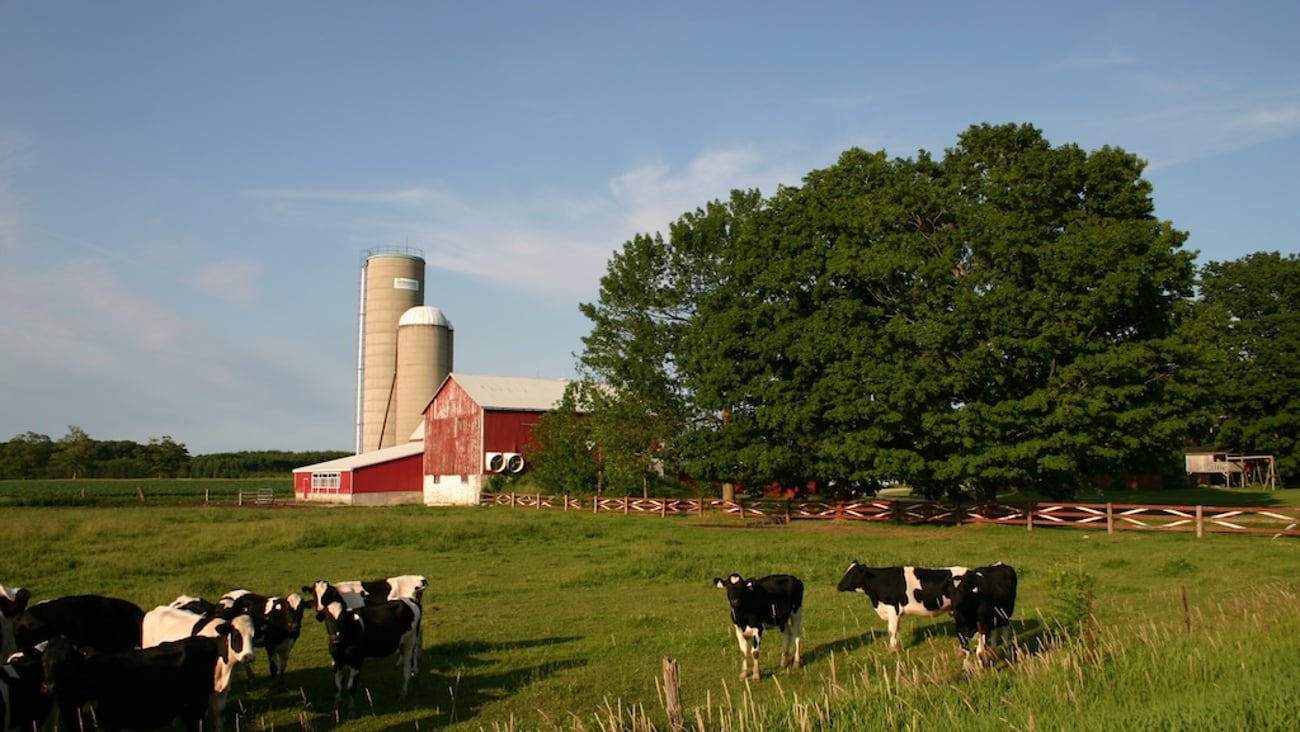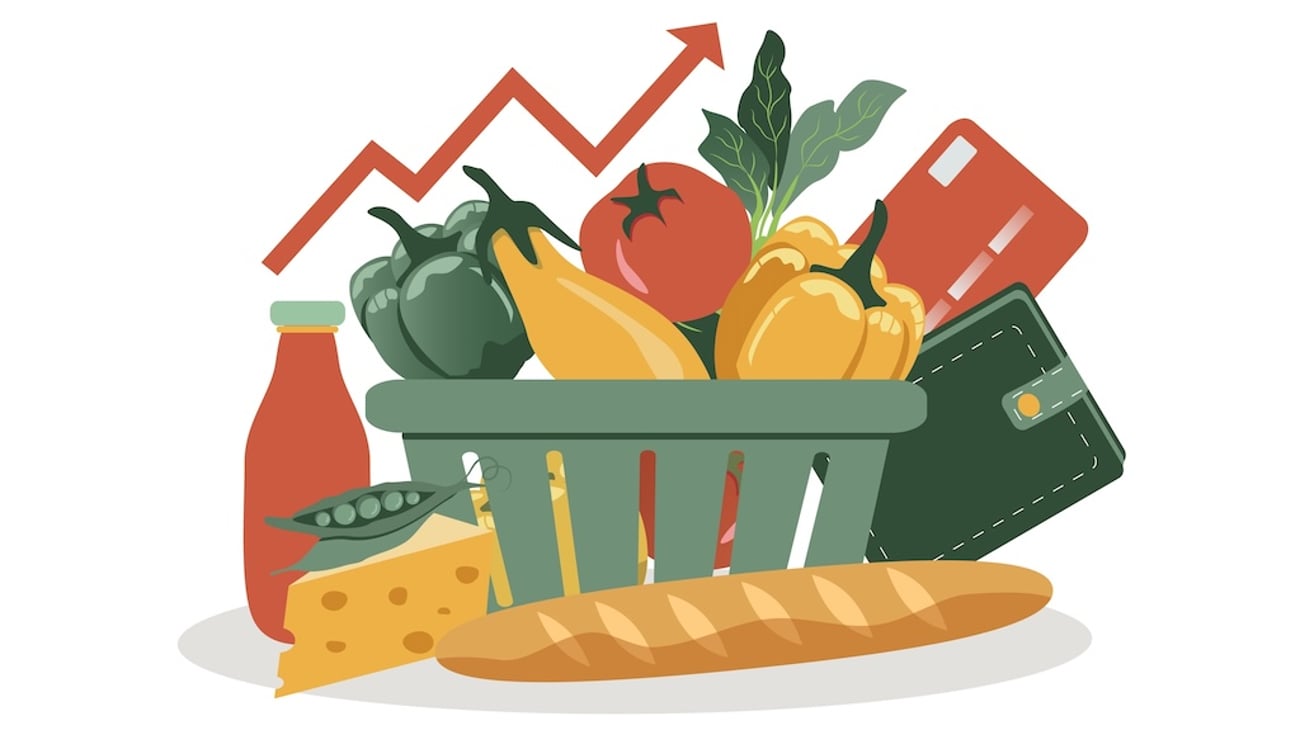Starbucks goes dairy free for the environment
Starbucks aims to become “resource positive” by storing more carbon than it releases, eliminating waste and providing more fresh water than it uses. Everything coming out of a Starbucks store will be served in recyclable or compostable containers, from coffee to lunches and treats. These measures will help, but Starbucks’ plans don't stop there.
The biggest surprise will come from what Starbucks will do to its menu and the products it sells. Dairy, for all intents and purposes, is on its way with dairy alternatives becoming the standard. While dairy is typically cheaper, Starbucks is banking on its buying power and the volume it represents to gain access to lower-priced alternative dairy products. To entice dairy alternative providers to scale up, other major players will need to help ramp up demand.
The dairy industry will probably have some issues with this decision, but the science is compelling. Based on a 2018 study by Science, milk production requires more land, more water, and will emit more carbon than milk alternatives.
Sustainability has always been part of the company’s DNA. Under Howard Schultz, Starbucks prioritized using renewable energy, invested in climate-resistant coffee trees and gave discounts to customers who brought their own reusable mugs, long before the plastic crisis, which really only started a few years ago. Kevin Johnson, Starbucks’ CEO since 2017, only invests in green bonds and options. The track record is there.
Also, Starbucks is known to sell products with higher price points than those of its competitors. Customers expect to pay more when visiting Starbucks. That will give Starbucks an edge, and help the chain absorb some of the extra costs. Demand at Starbucks is typically more elastic. In other words, Starbucks customers are not as price sensitive as customers visiting other coffee shops. Tim Hortons, for instance, announces price increases to its menu items-- Starbucks doesn't. Starbucks’ brand equity is second to none, and it charges for it, with no apologies.
Reaching these environmental goals won’t be easy for Starbucks. In fact, the chain’s stock price is down since the announcement. Maple Leaf Foods committed to becoming a carbon-neutral company late last year, and with some responsible accounting it can achieve this without significantly tweaking its operations.
Starbucks, on the other hand, opted to go even further and committed to changing how its operations impact the environment. Instead of looking at the arithmetic of climate change, the Seattle-based giant is changing everything it does, from how it procures ingredients, to menu design, to how stores are managed on a daily basis.
Starbucks’ bold move on sustainability points to the pressure the food service industry is under to save the planet, so to speak. For many consumers, especially the younger generations, politics have failed to provide an adequate response to the climate crisis. While governments face their electorates once every few years, food service providers face customers every day. And customers are expecting industry to step up.
But accountability will be key for companies making bold commitments. Companies are known to fail the market on sustainability. For example, in 2008 Starbucks promised it would be serving a quarter of its beverages in reusable containers by 2015. By 2016, only 2% of all beverages were served in reusable containers.
The public won’t be as forgiving this time, and will not hesitate to consider any half-hearted gas emission-reducing initiatives as greenwashing.




